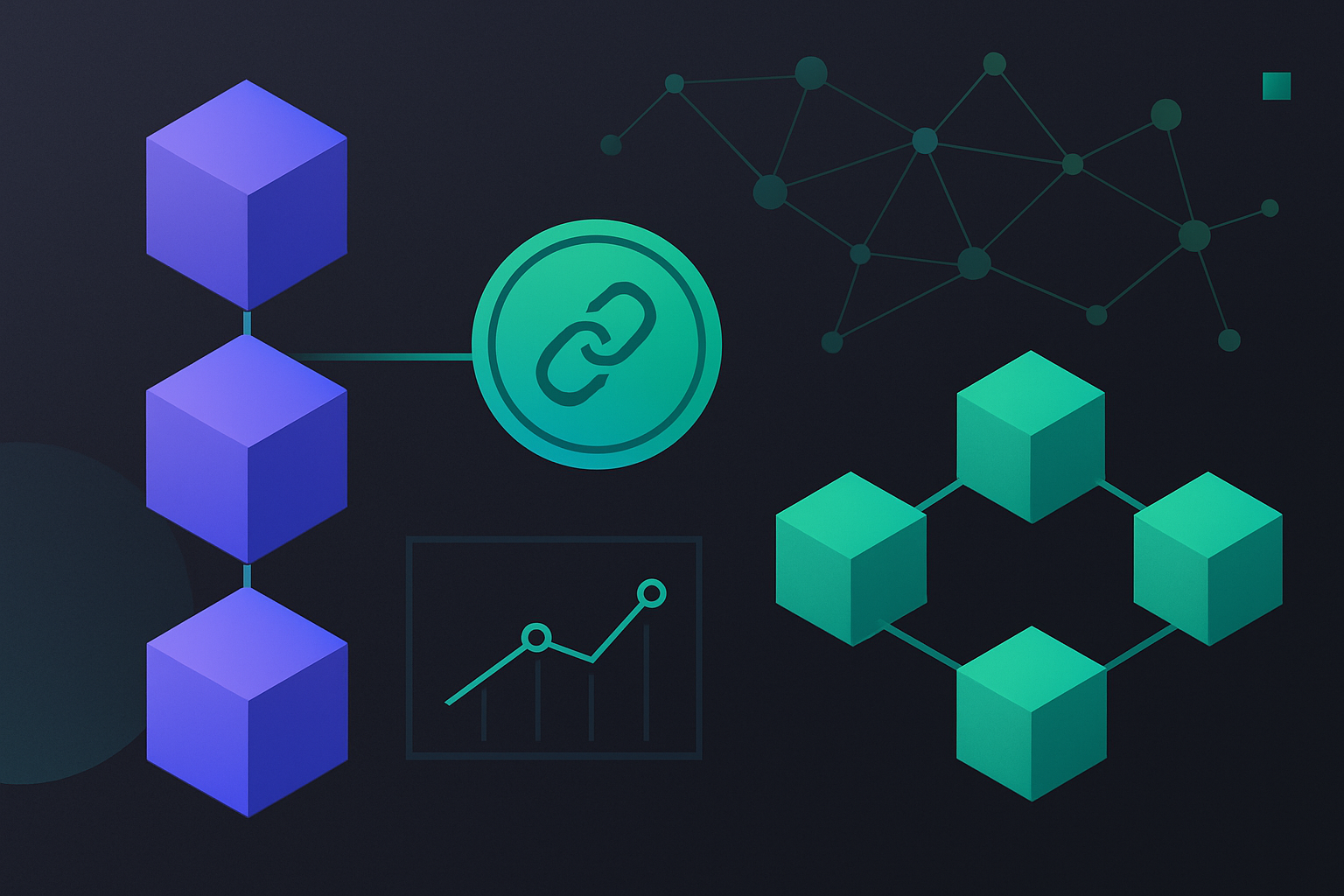
Blockchain’s multi-chain era has unlocked unprecedented potential for decentralized finance, but it’s also introduced a labyrinth of user experience challenges. Swapping tokens or interacting with dApps across different chains traditionally means wrangling multiple wallets, navigating bridges, and managing a confusing array of native gas tokens. This friction is the antithesis of Web3’s promise of seamless, permissionless access. Today, chain abstraction is emerging as the solution capable of eliminating these pain points by hiding complexity and enabling genuinely unified cross-chain UX.

How Chain Abstraction Dissolves Blockchain Silos
At its core, chain abstraction decouples the user interface from the underlying chains. Instead of forcing users to juggle network switches or keep track of which asset lives where, chain abstraction introduces a single interface that orchestrates interactions across multiple blockchains behind the scenes. The result: users can manage assets, execute transactions, and interact with dApps without ever leaving their wallet or worrying about which chain they’re on.
This approach is not theoretical. Platforms like zkCross Network and Connext are already deploying infrastructure that abstracts away wallet management, liquidity sourcing, and even gas fee calculations. The technical sophistication is immense, cross-chain messaging protocols coordinate complex backend operations while presenting only the simplest possible options to end-users.
Eliminating Bridges: Security and Simplicity Gains
The traditional “bridge” model for cross-chain transfers has always been a double-edged sword. While bridges allow assets to move between blockchains, they introduce significant security risks (as evidenced by numerous high-profile exploits) and add latency plus extra fees to every transaction. Chain abstraction sidesteps these issues by integrating cross-chain logic directly into protocol infrastructure, users no longer need to select or trust third-party bridges for their transfers.
This architectural shift delivers two immediate benefits:
- Reduced attack surface: By removing external bridge contracts from the critical path, there are fewer vectors for hackers to exploit.
- Smoother UX: Asset movement becomes as simple as a single click, no more copying addresses or waiting for wrapped tokens to appear.
The elimination of bridges is not just theoretical; it’s being realized in live protocols that batch backend operations while shielding users from complexity.
No More Multi-Chain Gas Fee Headaches
A persistent barrier in multi-chain DeFi has been gas fees denominated in each network’s native token. Users often find themselves stuck, unable to complete a transaction on one chain because they lack the requisite gas token for that network. Chain abstraction solves this through gas abstraction mechanisms: users pay transaction fees in a single token (or even have them sponsored), regardless of which underlying chain executes their transaction.
This innovation removes another major source of friction from cross-chain UX:
- Simplified onboarding: New users don’t need to acquire multiple obscure tokens just to get started.
- No stranded assets: Users can transact freely without worrying about leaving small balances trapped on various networks due to insufficient gas funds.
The impact is measurable, protocols like Mitosis and UXLINK are demonstrating how unified fee payment unlocks higher transaction throughput and better retention across DeFi platforms. For developers seeking more detail on how this works in practice, see our guide on gasless zero-slippage cross-chain swaps.
Chain abstraction’s value proposition is further amplified by the introduction of unified accounts. Instead of managing a sprawl of wallets and private keys for each network, users can access all supported blockchains through a single identity. This model not only streamlines portfolio management but also reduces the risk of operational errors, such as sending assets to the wrong network or losing track of balances.
For developers, unified accounts mean a dramatic simplification in onboarding flows and dApp integration. User authentication, transaction signing, and session persistence can be handled consistently across chains, enabling more sophisticated multi-chain applications without UX tradeoffs. This is especially relevant for DeFi protocols seeking to capture liquidity from disparate networks while offering a consistent experience.
Interoperability Without Compromise: Real-World Examples
The practical implications of chain abstraction are already visible in production systems. Platforms like zkCross Network leverage advanced cross-chain messaging to synchronize state and liquidity between chains, presenting users with frictionless asset transfers that feel no different than single-chain operations. Similarly, Connext’s abstraction toolkit empowers dApps to execute complex logic, such as swaps or lending, across networks without requiring users to switch wallets or pay separate gas fees.
Mitosis stands out for its approach to gas abstraction, allowing users to cover transaction fees with a single token across multiple chains. By orchestrating backend relayers and leveraging permissionless interoperability protocols, Mitosis ensures that even sophisticated cross-chain actions can be executed with minimal user intervention.
These advances are not just technical milestones, they represent measurable improvements in retention, transaction throughput, and TVL (total value locked) for DeFi platforms that embrace chain abstraction. Users benefit from lower cognitive load and reduced friction; platforms enjoy higher engagement and broader liquidity capture.
What’s Next? The Roadmap for Seamless Blockchain Experience
Chain abstraction is rapidly evolving from an early-adopter feature into an industry standard for cross-chain UX. As more projects integrate these primitives into their core infrastructure, we can expect:
- Expanded support: More L1s and L2s will be natively interoperable via abstracted interfaces.
- Further reductions in gas costs: Protocols will compete on efficiency by optimizing relayer incentives and fee sponsorship models.
- Unified wallet solutions: Wallets will become true command centers for multi-chain DeFi activity, abstracting away not just bridges and gas but also KYC/AML flows where appropriate.
This trajectory aligns closely with user priorities identified in our analysis of speed, clarity, and reliability. The next wave of adoption hinges on making blockchain interactions as intuitive as Web2 apps, chain abstraction is the linchpin that makes this possible.
The transformation underway is profound: by eliminating bridges and abstracting away gas fees, chain abstraction delivers the seamless blockchain experience that both power users and newcomers have been demanding. As these systems mature, and as more developers build atop this foundation, the vision of a unified crypto ecosystem comes sharply into focus.





